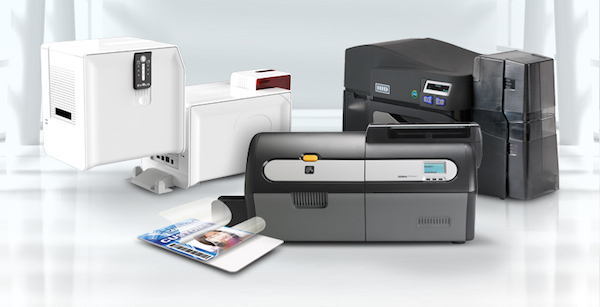
Best way to get long lasting ID cards? Lamination!
Upgrading your printer to include a lamination module costs more than the base-model printer but the benefits of lamination over time, including longer-lasting cards, often outweighs that initial investment.
Benefits of Lamination
Laminating is the process of adding a protective film to your cards after they are printed. This film can vary in thickness for different levels of protection, but in general lamination protects your cards from:
- UV rays that will fade your card over time
- Scratches from swiping magnetic stripe cards
- Scratches from keys or other materials often kept in pockets or bags with ID badges
Lamination won’t prevent those damages from happening but it will help your cards withstand that daily wear and tear for much longer than a standard card, reducing your cost for replacement cards.
Lamination film can also provide visual security if you select a laminate with a holographic design in it.
And with multiple styles of lamination available, you can protect many styles of cards (please note not every configuration is available from every manufacturer):
- Single-sided or dual-sided, full card lamination
- Lamination for magnetic stripe cards with a cutout for the magnetic stripe
- Lamination for smart chip cards with a cutout for the chip
- Lamination that combines the above, for example a dual-sided laminate with a full panel for the front and a magnetic stripe cutout on the back
Wide Range of Laminating Printers Available
Laminating ID card printers are available from most ID card manufactures including Evolis, Fargo, Datacard, Zebra, and IDP. Some of the printers may require you to order the lamination module upfront when you order the printer; others allow you to upgrade later, like the Evolis Primacy.
